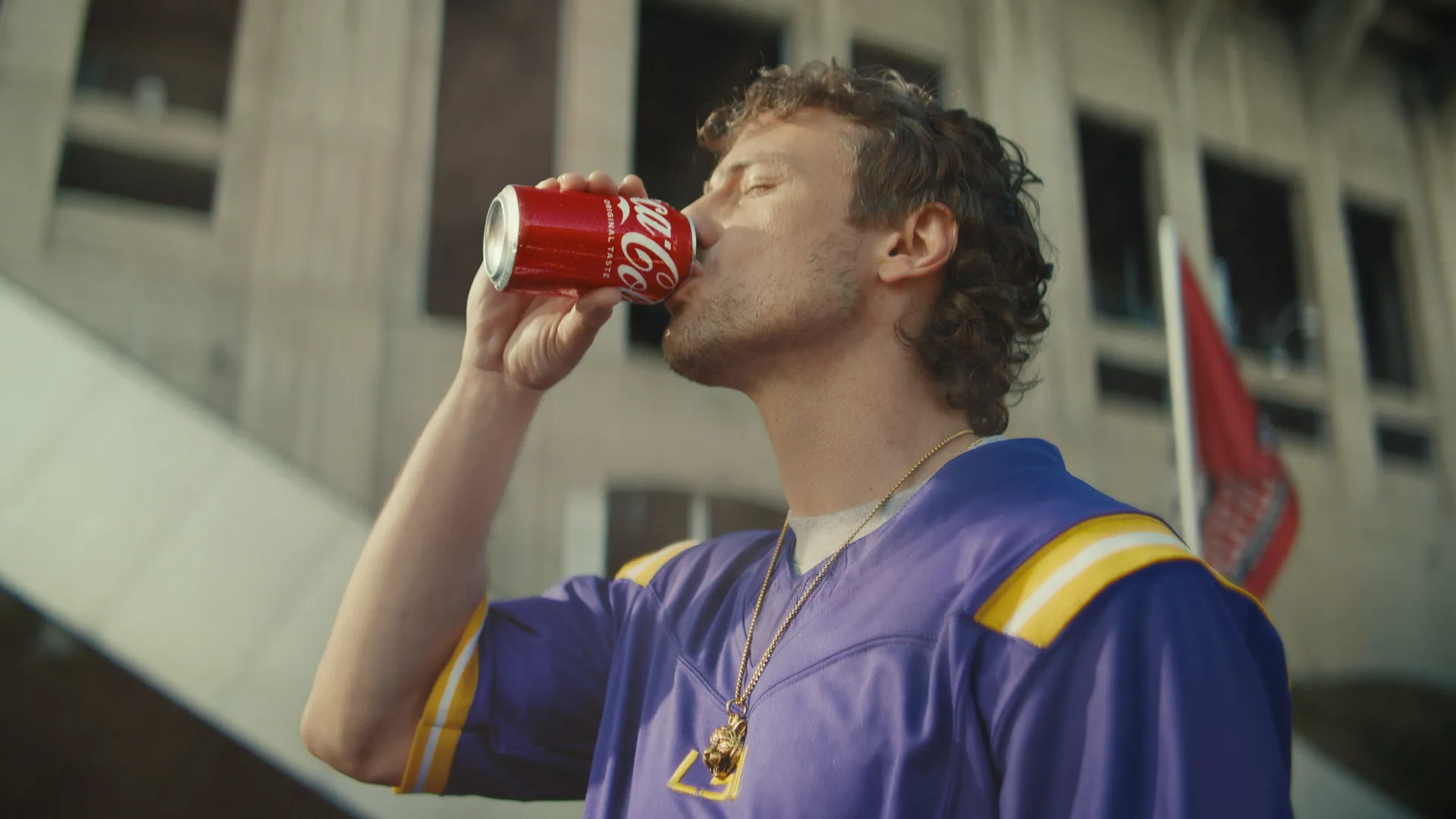Ferrari wins back Testarossa trade mark in EU
8 Jul 2025





Author
Martin Croft
PR & Communications Manager
Image by Vauxford - Own work, CC BY-SA 4.0, Credit
The European Union's second-highest court, the European General Court (EGC), just overturned a decision by the European Union Intellectual Property Office (EUIPO) which had stripped the iconic Italian car maker of the trade mark rights to the name Testarossa for use on cars, parts, and accessories, and for scale models.
Kurt Hesse, CEO of German toy car maker Autec, had challenged the trade mark on the grounds of non-use (as multiple news stories have reported, including this from Euronews) and had succeeded in convincing the EUIPO, which ruled in 2023 that Ferrari had failed to prove “genuine use” of the trade mark in the EU for the five years between 2010 and 2015.
The EUIPO, like many IP offices around the world including the UK, stipulates that a trade mark can be revoked if it is not used for the classes it relates to for a period of five years or more after being granted.
However, the EGC has just heard an appeal from the Italian car firm, and has annulled the EUIPO revocation of the trade mark. The EGC determined that Ferrari did in fact use the Testarossa TM properly during the period in question (and, by implication, since then) by allowing authorised dealers to sell the cars second hand and to supply parts.
The EGC said that Ferrari did not have to give its explicit approval to such sales: the fact that the company did not raise objections was enough to validate its use of the trade mark.
The fact that Ferrari also offers a certification system which can be used to check that key parts of a Testarossa are genuine was also evidence of genuine use. Various law firms have already posted about the latest turn in the case, including this by UK patent lawyers Marks & Clerk.
As for models of the Testarossa, the EGC said the fact that Ferrari continued to licence the trade marks for official replicas was proof of implied approval and constituted genuine use.
The Testarossa was launched in 1984, and more than 7,000 were built before Ferrari stopped making it in 1996. Autec had claimed that the trade mark was no longer valid because no actual cars have been made since 1996, and the EUIPO’s appeal board agreed. But the EGC has now ruled that the fact that no new cars have been made since 1996 does not in fact invalidate the Testarossa trade marks.
The EGC is the second highest court in the Court of Justice of the European Union (CJEU); but legal experts say that it is unlikely that Autec would have grounds to appeal the latest decision.
Image by Vauxford - Own work, CC BY-SA 4.0, Credit
The European Union's second-highest court, the European General Court (EGC), just overturned a decision by the European Union Intellectual Property Office (EUIPO) which had stripped the iconic Italian car maker of the trade mark rights to the name Testarossa for use on cars, parts, and accessories, and for scale models.
Kurt Hesse, CEO of German toy car maker Autec, had challenged the trade mark on the grounds of non-use (as multiple news stories have reported, including this from Euronews) and had succeeded in convincing the EUIPO, which ruled in 2023 that Ferrari had failed to prove “genuine use” of the trade mark in the EU for the five years between 2010 and 2015.
The EUIPO, like many IP offices around the world including the UK, stipulates that a trade mark can be revoked if it is not used for the classes it relates to for a period of five years or more after being granted.
However, the EGC has just heard an appeal from the Italian car firm, and has annulled the EUIPO revocation of the trade mark. The EGC determined that Ferrari did in fact use the Testarossa TM properly during the period in question (and, by implication, since then) by allowing authorised dealers to sell the cars second hand and to supply parts.
The EGC said that Ferrari did not have to give its explicit approval to such sales: the fact that the company did not raise objections was enough to validate its use of the trade mark.
The fact that Ferrari also offers a certification system which can be used to check that key parts of a Testarossa are genuine was also evidence of genuine use. Various law firms have already posted about the latest turn in the case, including this by UK patent lawyers Marks & Clerk.
As for models of the Testarossa, the EGC said the fact that Ferrari continued to licence the trade marks for official replicas was proof of implied approval and constituted genuine use.
The Testarossa was launched in 1984, and more than 7,000 were built before Ferrari stopped making it in 1996. Autec had claimed that the trade mark was no longer valid because no actual cars have been made since 1996, and the EUIPO’s appeal board agreed. But the EGC has now ruled that the fact that no new cars have been made since 1996 does not in fact invalidate the Testarossa trade marks.
The EGC is the second highest court in the Court of Justice of the European Union (CJEU); but legal experts say that it is unlikely that Autec would have grounds to appeal the latest decision.
Image by Vauxford - Own work, CC BY-SA 4.0, Credit
The European Union's second-highest court, the European General Court (EGC), just overturned a decision by the European Union Intellectual Property Office (EUIPO) which had stripped the iconic Italian car maker of the trade mark rights to the name Testarossa for use on cars, parts, and accessories, and for scale models.
Kurt Hesse, CEO of German toy car maker Autec, had challenged the trade mark on the grounds of non-use (as multiple news stories have reported, including this from Euronews) and had succeeded in convincing the EUIPO, which ruled in 2023 that Ferrari had failed to prove “genuine use” of the trade mark in the EU for the five years between 2010 and 2015.
The EUIPO, like many IP offices around the world including the UK, stipulates that a trade mark can be revoked if it is not used for the classes it relates to for a period of five years or more after being granted.
However, the EGC has just heard an appeal from the Italian car firm, and has annulled the EUIPO revocation of the trade mark. The EGC determined that Ferrari did in fact use the Testarossa TM properly during the period in question (and, by implication, since then) by allowing authorised dealers to sell the cars second hand and to supply parts.
The EGC said that Ferrari did not have to give its explicit approval to such sales: the fact that the company did not raise objections was enough to validate its use of the trade mark.
The fact that Ferrari also offers a certification system which can be used to check that key parts of a Testarossa are genuine was also evidence of genuine use. Various law firms have already posted about the latest turn in the case, including this by UK patent lawyers Marks & Clerk.
As for models of the Testarossa, the EGC said the fact that Ferrari continued to licence the trade marks for official replicas was proof of implied approval and constituted genuine use.
The Testarossa was launched in 1984, and more than 7,000 were built before Ferrari stopped making it in 1996. Autec had claimed that the trade mark was no longer valid because no actual cars have been made since 1996, and the EUIPO’s appeal board agreed. But the EGC has now ruled that the fact that no new cars have been made since 1996 does not in fact invalidate the Testarossa trade marks.
The EGC is the second highest court in the Court of Justice of the European Union (CJEU); but legal experts say that it is unlikely that Autec would have grounds to appeal the latest decision.
Image by Vauxford - Own work, CC BY-SA 4.0, Credit
The European Union's second-highest court, the European General Court (EGC), just overturned a decision by the European Union Intellectual Property Office (EUIPO) which had stripped the iconic Italian car maker of the trade mark rights to the name Testarossa for use on cars, parts, and accessories, and for scale models.
Kurt Hesse, CEO of German toy car maker Autec, had challenged the trade mark on the grounds of non-use (as multiple news stories have reported, including this from Euronews) and had succeeded in convincing the EUIPO, which ruled in 2023 that Ferrari had failed to prove “genuine use” of the trade mark in the EU for the five years between 2010 and 2015.
The EUIPO, like many IP offices around the world including the UK, stipulates that a trade mark can be revoked if it is not used for the classes it relates to for a period of five years or more after being granted.
However, the EGC has just heard an appeal from the Italian car firm, and has annulled the EUIPO revocation of the trade mark. The EGC determined that Ferrari did in fact use the Testarossa TM properly during the period in question (and, by implication, since then) by allowing authorised dealers to sell the cars second hand and to supply parts.
The EGC said that Ferrari did not have to give its explicit approval to such sales: the fact that the company did not raise objections was enough to validate its use of the trade mark.
The fact that Ferrari also offers a certification system which can be used to check that key parts of a Testarossa are genuine was also evidence of genuine use. Various law firms have already posted about the latest turn in the case, including this by UK patent lawyers Marks & Clerk.
As for models of the Testarossa, the EGC said the fact that Ferrari continued to licence the trade marks for official replicas was proof of implied approval and constituted genuine use.
The Testarossa was launched in 1984, and more than 7,000 were built before Ferrari stopped making it in 1996. Autec had claimed that the trade mark was no longer valid because no actual cars have been made since 1996, and the EUIPO’s appeal board agreed. But the EGC has now ruled that the fact that no new cars have been made since 1996 does not in fact invalidate the Testarossa trade marks.
The EGC is the second highest court in the Court of Justice of the European Union (CJEU); but legal experts say that it is unlikely that Autec would have grounds to appeal the latest decision.
Read Recent Articles
Inngot's online platform identifies all your intangible assets and demonstrates their value to lenders, investors, acquirers, licensees and stakeholders
Accreditations



Copyright © Inngot Limited 2019-2025. All rights reserved.
Inngot's online platform identifies all your intangible assets and demonstrates their value to lenders, investors, acquirers, licensees and stakeholders
Accreditations



Copyright © Inngot Limited 2019-2025. All rights reserved.
Inngot's online platform identifies all your intangible assets and demonstrates their value to lenders, investors, acquirers, licensees and stakeholders
Accreditations



Copyright © Inngot Limited 2019-2025. All rights reserved.
Inngot's online platform identifies all your intangible assets and demonstrates their value to lenders, investors, acquirers, licensees and stakeholders
Accreditations



Copyright © Inngot Limited 2019-2025. All rights reserved.




